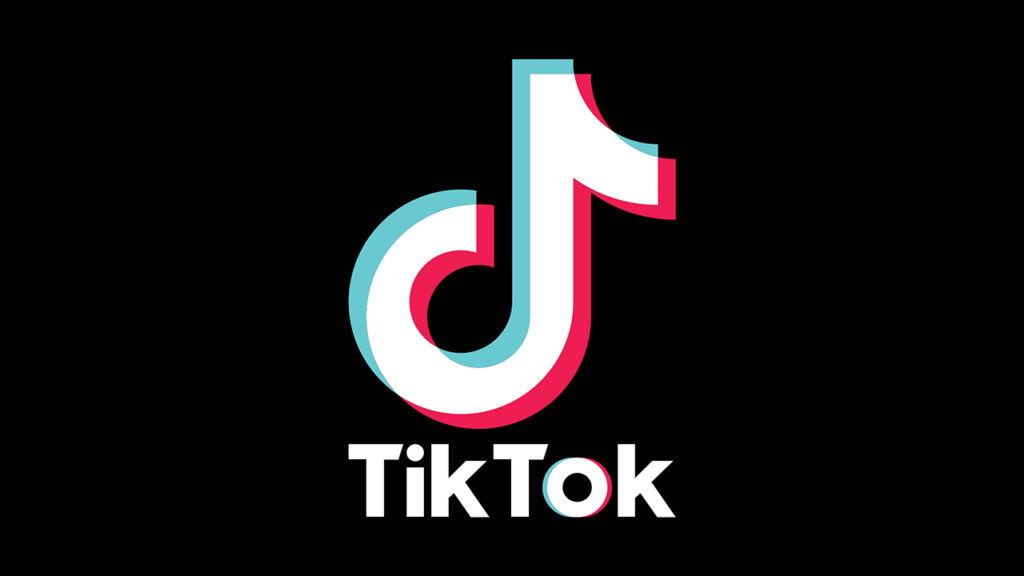Yes, it’s a morbid subject, but I have to raise it. It just breaks my heart to see birthday announcements for someone who has passed away on my social media notifications. Recently, it happened to me with 2 friends who would have had birthdays this month on both Facebook and LinkedIn. I’ve also seen them come up when I go to invite friends or followers to an event or to follow a page.
When someone dies, their social media profiles keep living unless friends or family members notify the network that the person has passed.
Everybody has a digital footprint. That takes into account all their social media profiles, as well as banks, stores, memberships, and association accounts. Well, think about it. How many passwords do you have? Each of those accounts either needs to be closed or turned into a memorial. And, don’t forget any business profiles!
I love how Facebook turns their profile, including all their pictures, into a memorial.
So, if you’ve had a loved one or colleague pass, here’s what you need to do.
Doing this may also prevent identity theft.
- Get hold of their passwords if you can. Log in to their accounts and close them.
- If you don’t have the passwords but have access to their email account, then click on “lost password” and reset it.
- If you don’t have the passwords and don’t have access to their email, then contact the network or company via their help system. It will help if you have a URL/address of their profile and/or their usernames. Inform them of the member’s passing, your relationship to the person, and request that their account be closed. Some will require you to provide some information, so be prepared.
Below are some of the social media network links to forms or instructions on how to close or memorialize their accounts.
- Facebook: They state, “If a friend has passed away, you or their family can memorialize their Facebook account. Memorialized accounts don’t appear in ads, birthday reminders, or as suggestions for People You May Know. Learn more about memorialization or contact Facebook to request the memorialization of this person’s account.”
- X (Formerly Twitter): Use this form.
- Google: start here. Google states, “We recognize that many people pass away without leaving clear instructions about how to manage their online accounts. We can work with immediate family members and representatives to close the account of a deceased person where appropriate. In certain circumstances, we may provide content from a deceased user’s account. In all of these cases, our primary responsibility is to keep people’s information secure, safe, and private. We cannot provide passwords or other login details. Any decision to satisfy a request about a deceased user will be made only after a careful review.”
- LinkedIn: use this form
- Instagram will also memorialize his or her account. Here is more info.
- Pinterest: “We can deactivate a deceased person’s account if a family member gets in touch with us. Once we’ve deactivated the account, it won’t be accessible anymore. Because we want to respect the privacy of people on Pinterest, we can’t give out any personal or login information. If you’d like us to deactivate a deceased person’s account, please email care@pinterest.com with:
- Your full name
- The full name and email address on this person’s account
- A link to their Pinterest account (ex, pinterest.com/USERNAME). If you don’t know this, try searching for it on https://pinterest.com/all/
- Documentation of their passing (ex, death certificate, obituary, news article)
- Your relationship to the person with documentation to verify it, like:
- Birth or marriage certificate
- Public mention of a relation
- Family tree
- Family/household records
- Notarized proof of relation
- If your name is included in the obituary, that’s sufficient.”
Plan Ahead
In conclusion, I know there is a lot to do after a loved one or colleague dies without having to deal with their social media profiles. This isn’t something that needs to be done right away, but please take the time to close their digital accounts. And here’s how you can prepare if anything happens to you.
- Keep a printed list of all your account usernames and links/URLs/addresses, and keep it with your important papers. Moreover, make sure it’s accessible to your survivors or lawyer. You can also keep a spreadsheet or text file with all your usernames and passwords.
- Leave any special instructions as well.
- Don’t forget everything that’s on your cell phone and/or computer!
- For your Google account, you can plan: The Inactive Account Manager is the best way for you to let Google know who should have access to your information, and whether you want your account to be deleted. Click here to set up an Inactive Account Manager for your account.

Get it on Amazon Kindle!







